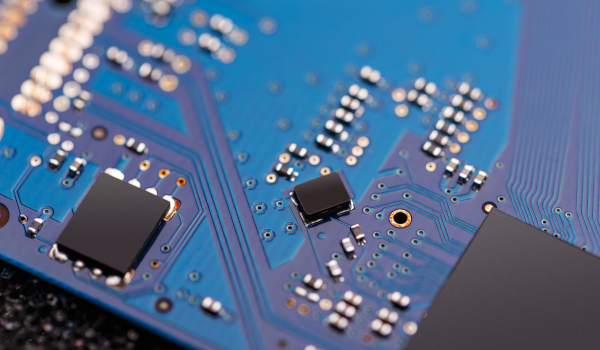NSERC announced industry Synergy Awards
Science and Engineering Research Canada (NSERC) has announced its annual Synergy Awards for Innovation, highlighting achievements in R&D collaboration between industry and universities. Six awards were presented at a gala event in Halifax on October 19.
The Univ of Manitoba was recognized for work with the Manitoba HVDC Research Centre (a division of Manitoba Hydro) and RTDS Technologies for the development and commercialization of technologies for power systems simulation. The project produced software simulation tools for high-voltage direct-current lines used to carry power over long distances.
The Univ of Manitoba was also honoured for its 10-year partnership with Vector Construction Group to strengthen concrete bridges and buildings. The research focused on introducing materials such as carbon fibre-reinforced polymers into concrete structures. The collaboration is now moving into civionics — deploying user-friendly sensor devices and systems for the monitoring and performance of buildings and other structures.
In the same category (small- and medium-sized enterprises), Simon Fraser Univ was acknowledged for its R&D with VSM MedTech Ltd (formerly CTF Systems) to commercialize imaging systems that measure magnetic fields within the neurons of the brain. Called magnetoencephalography or MEG, the system is non-invasive and is used to assess traumatic brain injuries.
The Univ of New Brunswick, Irving Pulp & Paper and Environment Canada were honoured for developing a mill effluent treatment system using reverse osmosis membrane separation technology to remove endocrine disrupting substances from water downstream from pulp mills.
The Univ of Toronto captured the multiple company award for R&D for a host of techniques to improve the productivity of the banking sector. Its partners are TD Financial Group, RBC Financial Group, Bell Canada and BMO Financial Group.
The Univ of Quebec at Chicoutimi and Hydro-Québec received the NSERC Leo Derikx Award for R&D into ice accumulation on power grid equipment. The R&D produced models related to ice build-up and removal and new equipment designs. The 31-year-old partnership now involves 85 researchers.
R$
Events For Leaders in
Science, Tech, Innovation, and Policy
Discuss and learn from those in the know at our virtual and in-person events.
See Upcoming Events
You have 0 free articles remaining.
Don't miss out - start your free trial today.
Start your FREE trial Already a member? Log in
By using this website, you agree to our use of cookies. We use cookies to provide you with a great experience and to help our website run effectively in accordance with our Privacy Policy and Terms of Service.





